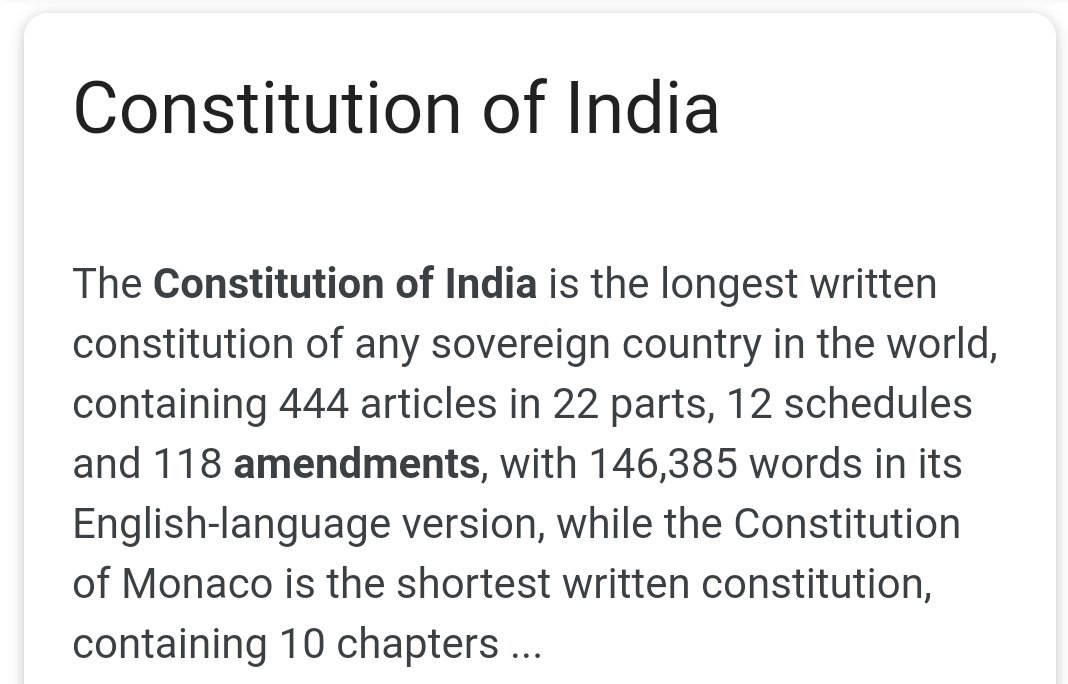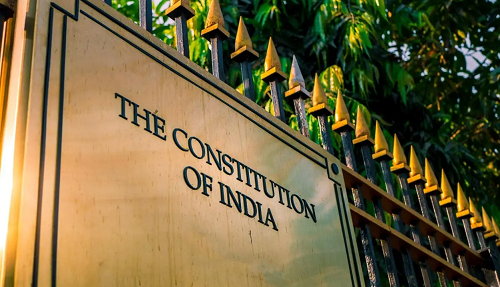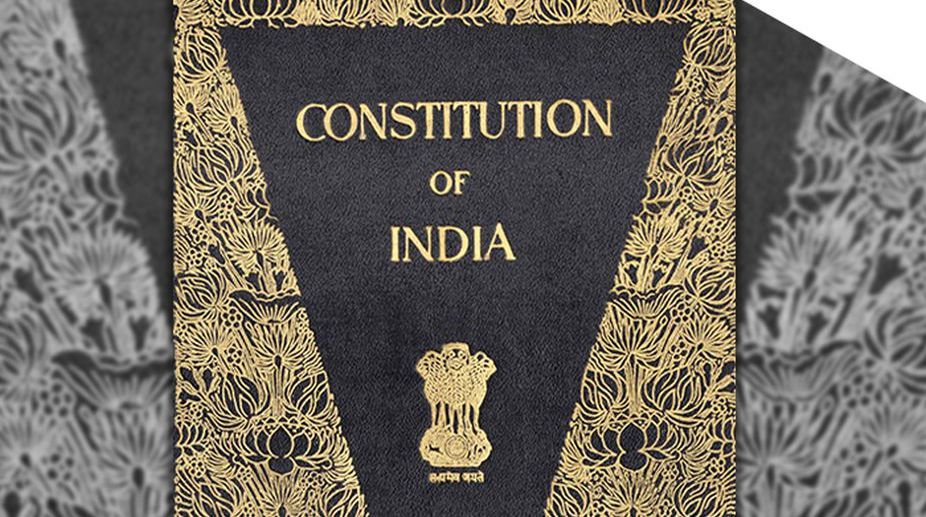The Indian Constitution stands out for incorporating a range of exemplary features from various global constitutions, tailored to India's specific requirements. Despite its influences, the Constitution of India is distinct in several ways. It commences with a Preamble, which encapsulates the Constitution's core ideals, goals, and guiding principles. These salient characteristics stem from the Preamble's objectives.
- Blogs
- Indian Independence
- Indian Constitution Unique Features & Principles 65a8c02714e5bf000128f37c
Indian Constitution: Unique Features and Principles
Indian Independence • 18 Jan, 2024 • 30,300 Views • ⭐ 3.0
Written by Shivani Chourasia

This discussion elaborates on the 18 principal attributes of the Constitution, offering a comprehensive analysis of each aspect.
The Indian Constitution – Principal Attributes
Outlined below are the significant attributes of the Indian Constitution, with a detailed examination of each:
Most Extensive Written Constitution

Constitutions are typically categorized as either written, like that of the USA, or unwritten, as in the UK. The Indian Constitution holds the unique status of being the most exhaustive and detailed written constitution globally. Its extensive nature is attributed to several factors:
- The immense geographical expanse and diversity of India.
- Historical influences, notably the voluminous Government of India Act of 1935.
- A unified constitution encompassing both central and state governments.
- The substantial involvement of legal experts in the Constituent Assembly.
- The Constitution not only lays down the core governance principles but also includes detailed administrative guidelines.
- It encompasses rights that are both enforceable and non-enforceable.
Incorporation from Diverse Sources

The Indian Constitution amalgamates features from various international constitutions and the Government of India Act of 1935 (incorporating about 250 of its provisions). Dr. B.R. Ambedkar, a key architect of the Indian Constitution, proudly stated that the Constitution was developed after thoroughly examining all major existing constitutions.
- The Constitution’s framework largely mirrors the Government of India Act of 1935.
- The philosophical elements (such as Fundamental Rights and Directive Principles of State Policy) draw inspiration from the Constitutions of the USA and Ireland, respectively.
- The political dimensions (including the Cabinet system and executive-legislative relations) are heavily influenced by the British Constitution.
Integration of Flexibility and Rigidity

Constitutions are often categorized as either rigid or flexible. A rigid constitution, such as the American Constitution, necessitates a special method for amendments. On the other hand, a flexible constitution, like the British Constitution, can be amended just as regular legislation is. The Constitution of India uniquely combines these two aspects. The rigidity or flexibility of a constitution is often determined by its amendment process. In India, the Constitution outlines three distinct amendment methods, ranging from straightforward to increasingly complex, based on the amendment's nature.
Federal Structure with a Centralizing Tendency

The Indian Constitution establishes a federal system, characterized by standard federal features like dual governance, power distribution, a codified constitution, constitutional supremacy, inflexible amendments, an autonomous judiciary, and a bicameral legislature. However, it also integrates several unitary elements, including a dominant central government, a singular constitution, centrally appointed state governors, uniform all-India services, and an integrated judicial system. Notably, the term 'Federation' is not explicitly used in the Constitution. Article 1 refers to India as a 'Union of States,' highlighting two aspects: the Indian Federation did not emerge from a state agreement, and no state has the right to withdraw from the union. Therefore, the Indian Constitution is often described as 'federally structured but with a unitary spirit,' and 'semi-federal' by scholars like K.C. Wheare.